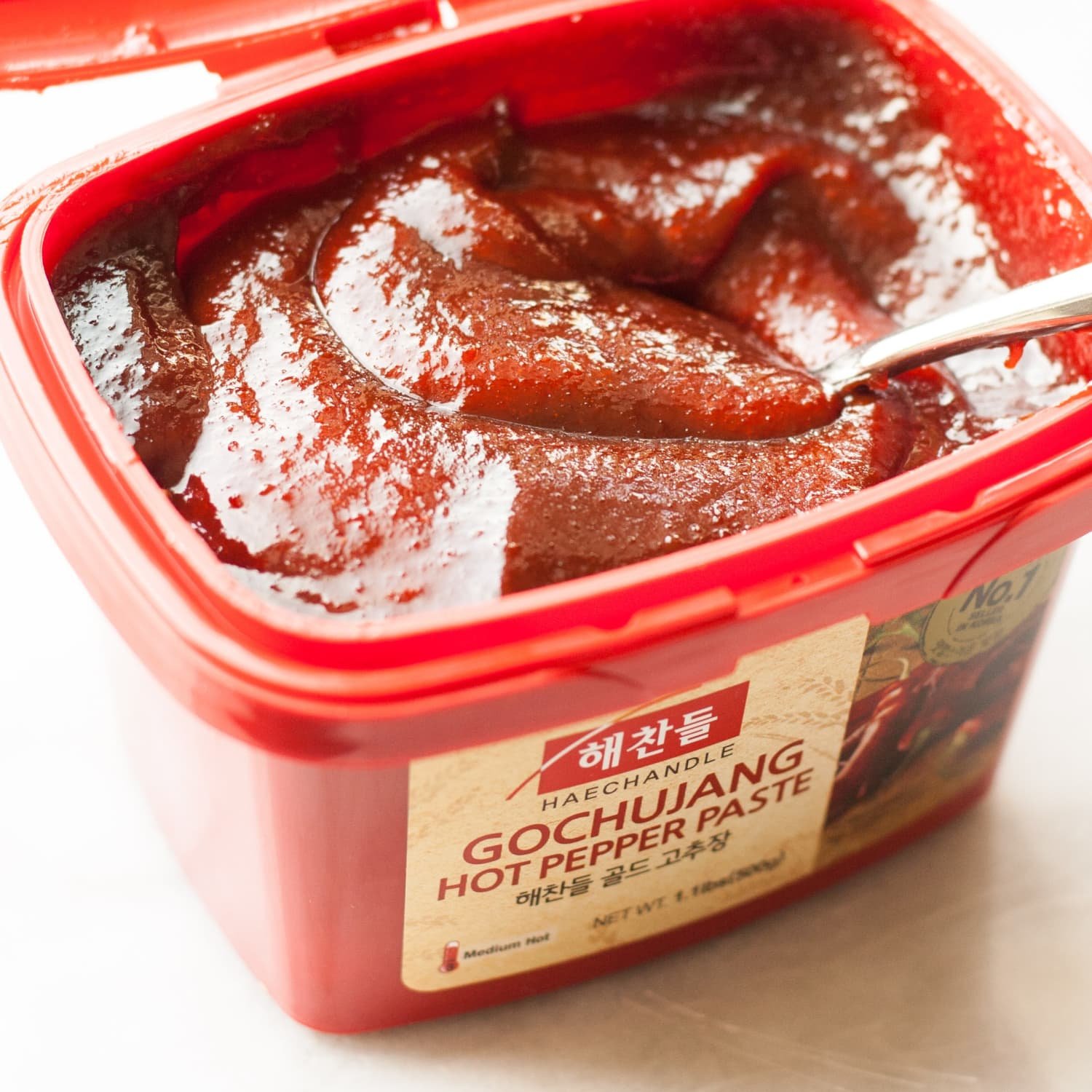Welcome back to another spicy installment on TheKitchenApplianceDad.com, where we dive deep into the world of kitchen queries and culinary conundrums. Today, we’re tackling a hot topic that’s sure to add some flavor to your food storage know-how: does gochujang need to be refrigerated?
Gochujang, for those who might not be familiar, is a beloved Korean condiment known for its deep red color and unique blend of sweet, spicy, and savory flavors. It’s made from a mix of red chili powder, glutinous rice, fermented soybeans, and salt. This paste plays a pivotal role in numerous Korean dishes, from bibimbap to tteokbokki. But once you’ve opened a tub of this fiery paste, how should you store it? Let’s break it down.
Ingredients and Preservation:
Gochujang’s primary ingredients include:
These components contribute not only to its flavor but also to its preservation. The salt and sugars act as natural preservatives, and the fermentation process itself helps in extending the shelf life of the product.
The fermentation process is crucial in the making of gochujang. Fermented foods, by their nature, can often be stored at room temperature due to the presence of lactic acid bacteria, which help in preserving the food. However, this doesn’t mean that all fermented products can be left out indefinitely, especially after opening.
Unopened gochujang can often be stored at room temperature in a cool, dark place. The packaging and the sealed environment help to maintain its quality and shelf life.
Once opened, gochujang should generally be refrigerated. This helps in preserving its taste, preventing mold growth, and extending its shelf life. Exposure to air, heat, and light can lead to oxidation, loss of flavor, and increased risk of spoilage.
Why Refrigeration Helps:
Always store gochujang in an airtight container to minimize exposure to air. If the original packaging isn’t resealable, transfer the paste to an airtight jar or container.
Use a clean, dry spoon each time you scoop out gochujang. This prevents introducing any contaminants into the paste, which could accelerate spoilage.
Regularly check your gochujang for any signs of spoilage, such as an off smell, mold, or a noticeable change in texture. If you spot any of these signs, it’s best to discard the paste.
The shelf life of gochujang can vary depending on the brand and storage conditions. Generally, when refrigerated, gochujang can last for up to two years. However, for the best flavor and quality, it’s advisable to use it within a year of opening.
Pay attention to the ‘best before’ and ‘use by’ dates on the packaging. A ‘best before’ date often indicates when the product will begin to decline in quality rather than safety. ‘Use by’ is more about safety. Gochujang past its ‘best before’ date might still be safe to consume but may not deliver the optimal flavor.
Understanding the proper storage of ingredients like gochujang not only ensures safety and quality but also helps you get the most out of your culinary creations. Remember, good storage practices lead to better flavors on your plate. Stay tuned to TheKitchenApplianceDad.com formore insights on how to elevate your cooking and kitchen management skills!

